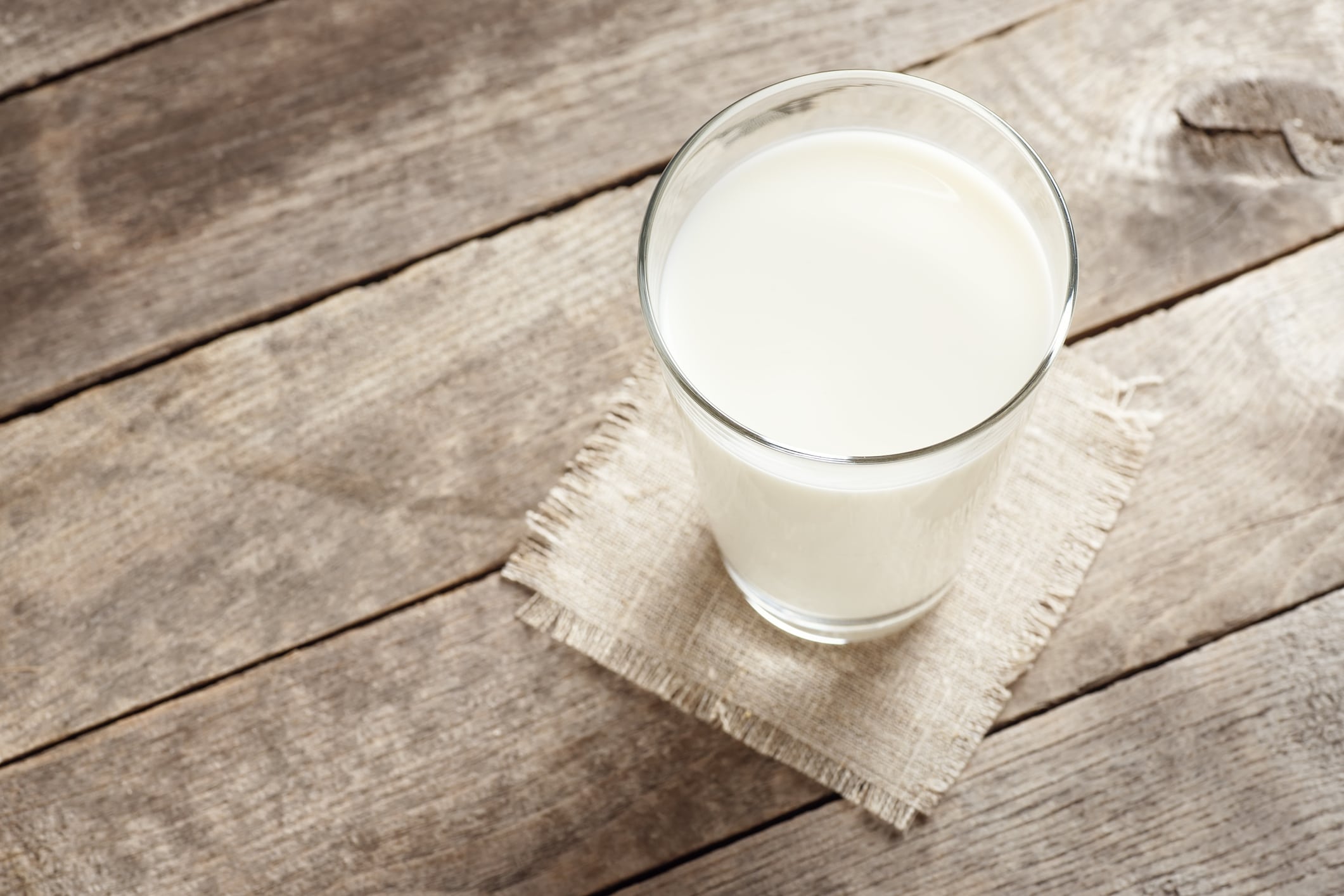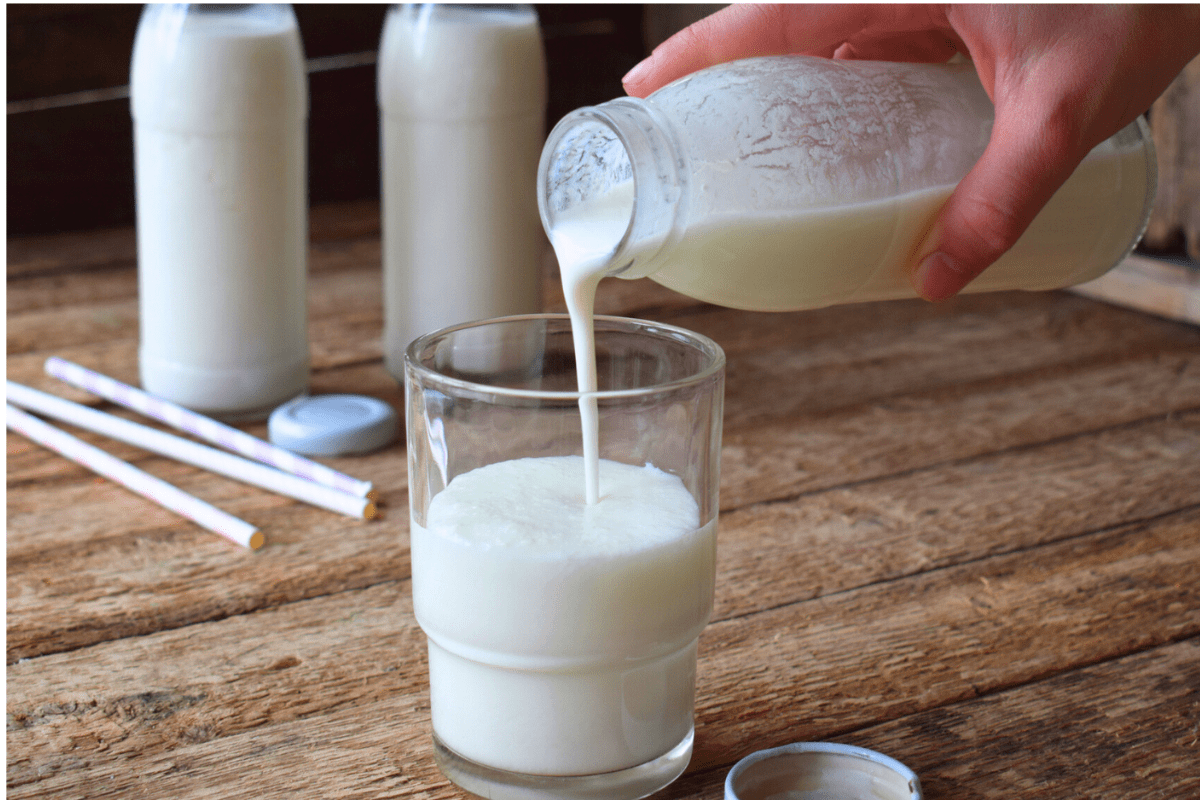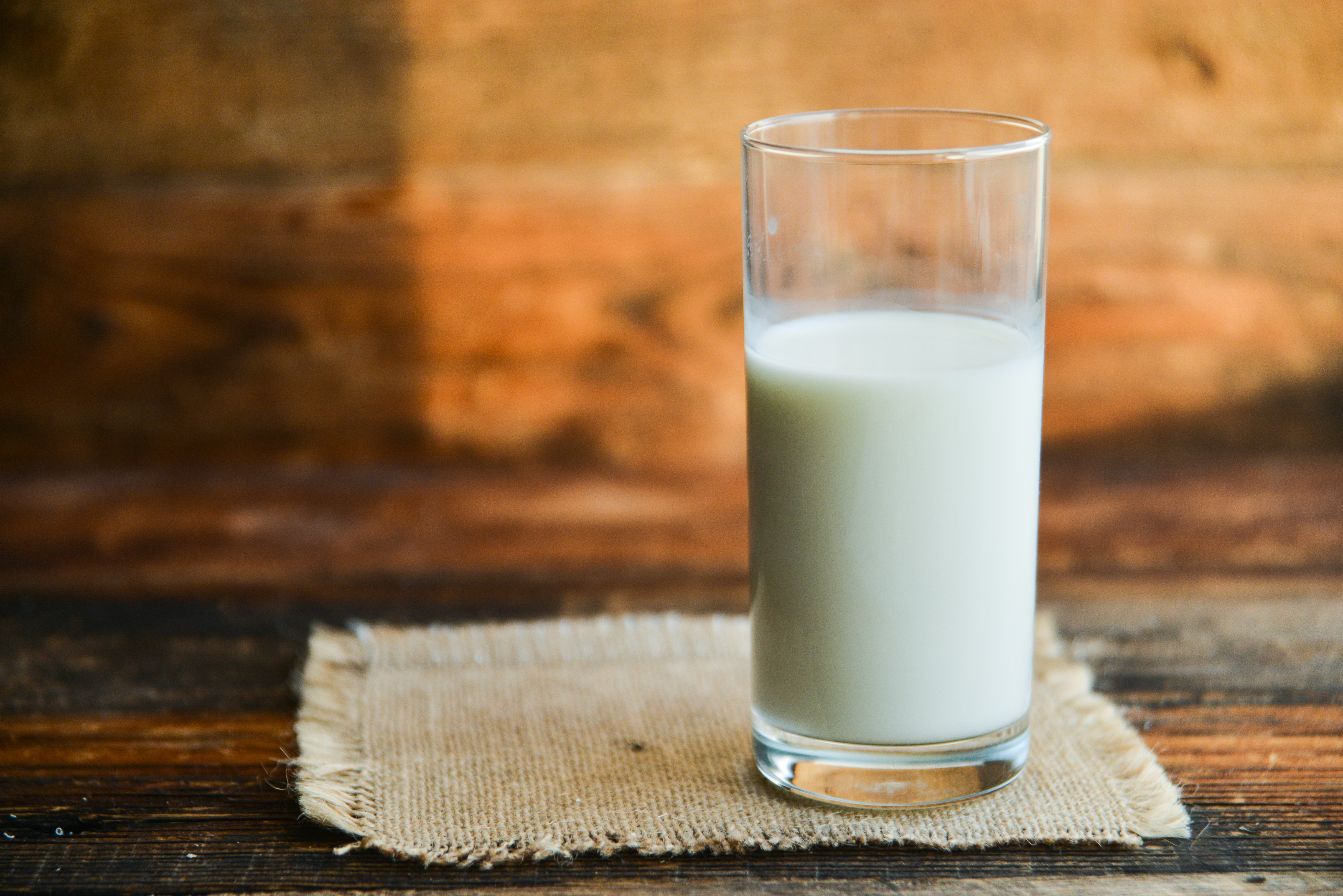In today’s world, a trip to the grocery store offers a plethora of choices when it comes to milk. Among these options, you might have noticed the label “homogenized milk.” Have you ever wondered what sets this type of milk apart from the rest?
Let’s delve into the science behind it to learn what it is and why it has become a staple in many households.
What is Homogenization?
Homogenization is a mechanical process that forces liquid through small openings under high pressure. This breaks up the fat globules into smaller, more uniform sizes that are evenly distributed throughout the liquid.
Homogenized milk refers to milk that has gone through this process and therefore has fat globules evenly distributed throughout the liquid instead of cream that separates and floats at the top, as it does with non-homogenized milk. As a result, homogenized milk possesses a uniform texture and consistency that many consumers find appealing.
It is also important to note that most milk is pasteurized. Pasteurization is a precise process – one which heats milk and other dairy products for very specific amounts of time and at certain temperatures to kill bacteria and germs, but not alter the nutrition or taste of the product. Pasteurization has made milk one of the safest foods in the world.
Why Homogenize Milk?
Homogenization offers several advantages that have contributed to its popularity:
- Enhanced Appearance: Homogenized milk’s consistent appearance is visually appealing, making it an attractive option for consumers.
- Improved Texture: Homogenized milk has a smoother and more consistent texture compared to non-homogenized milk. This makes it more appealing for drinking and cooking purposes.
- Extended Shelf Life: The smaller fat globules in homogenized milk helps stabilize it, making it less likely to clump together and spoil, leading to a longer shelf life.
- Convenience: With homogenized milk, there’s no need to shake the carton to mix in the cream before pouring. It’s ready to use right out of the container.
Homogenized Milk vs. Non-Homogenized Milk
Nutritional Composition
The nutritional composition between homogenized milk and non-homogenized milk is the same. Both contain 13 essential nutrients, including calcium, protein, vitamin D, phosphorus, vitamin A, riboflavin, vitamin B12, pantothenic acid, niacin, zinc, selenium, iodine, and potassium.
Learn more about the nutritional value and health benefits of milk.
Taste and Texture
Another concern raised is that homogenization might impact the flavor of milk. Traditionalists often argue that non-homogenized milk has a richer taste due to its creamier nature. However, taste preferences can vary widely among individuals.
| Taste | Texture | |
|---|---|---|
| Homogenized Milk | Consistent and uniform taste throughout the entire liquid. No distinct layers of cream. | Smooth. When pouring you’ll notice a consistent appearance. |
| Non-Homogenized Milk | Traditional and distinct flavor profile. Cream layer naturally forms on the top of the milk and contributes to a richer taste. | Cream layer on the top can be thick and velvety contrasting to the smooth milk beneath. When pouring you’ll notice a clear separation between the cream layer and the milk. |
Shelf Life and Convenience
The shelf life of homogenized milk can vary depending on factors such as temperature, packaging, and the specific processing methods used by the dairy manufacturer. In general, the shelf life of homogenized milk is longer compared to non-homogenized milk due to its uniform fat distribution. However, it’s important to follow proper storage guidelines to ensure its quality and safety.
The Journey of Homogenized Milk
Homogenized milk has secured its place as a staple in refrigerators around the world due to a variety of reasons. The science behind the homogenization process – breaking down fat globules to create a consistent mixture – has revolutionized the way we consume milk.
Whether you prefer the convenience of homogenized milk or the nostalgia of the cream-on-top variety, it’s clear that milk’s journey from the farm to your table is a fascinating blend of science, tradition, and taste.







